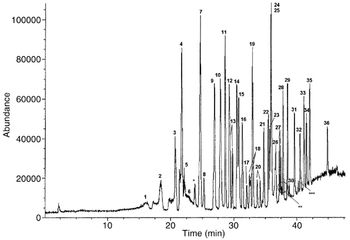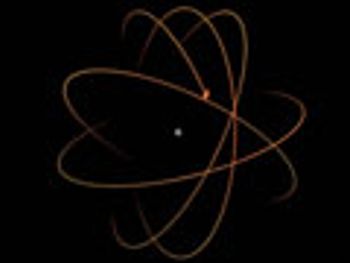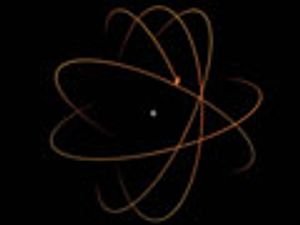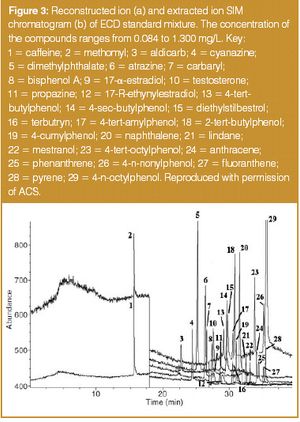
This is the fourth in a series of articles exploring current topics in separation science that will be addressed at the HPLC 2019 conference in Milan, Italy, from 16–20 June.

This is the fourth in a series of articles exploring current topics in separation science that will be addressed at the HPLC 2019 conference in Milan, Italy, from 16–20 June.

Achille Cappiello previews the topic and the benefits of liquid-electron ionization liquid chromatography–mass spectrometry interfaces for HPLC 2019.

From its development in 2016, the liquid-electron ionization (LEI) LC–MS interface has demonstrated a high versatility, offering the identification advantages of library-searchable, electron ionization (EI) spectra from samples in a liquid phase.

This article describes the operating principles of the direct-electron ionization (EI) interface, which is becoming more popular in many LC–MS applications. Matrix effects and the role of direct-EI as a universal detector for small molecule analysis are also discussed in detail. The advantages and drawbacks of this approach are described and a comparison with atmospheric pressure ionization (API) interfaces is made. The potential of direct-EI is illustrated with a selection of practical applications.

Direct-Electron Ionization is a useful tool in LC–MS. This article discusses the potential of this technique as a universal detector for small molecule analysis and how to deal with matrix effects.

The operating principles of the Direct-Electron Ionization interface, which is gaining popularity in many LC–MS applications

Published: March 1st 2010 | Updated:

Published: January 1st 2011 | Updated:

Published: November 1st 2010 | Updated:

Published: May 1st 2019 | Updated:

Published: June 1st 2019 | Updated:

Published: June 1st 2019 | Updated: